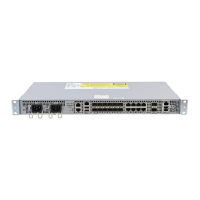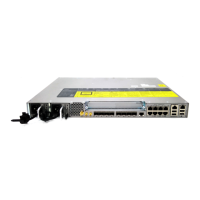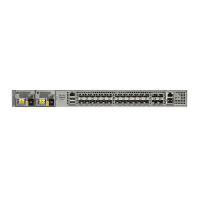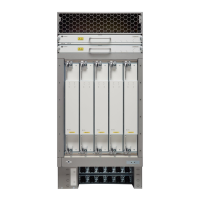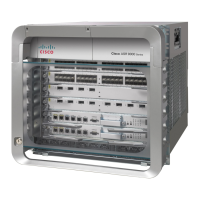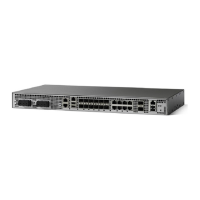• Flexible incremental bandwidth—Cisco EtherChannel technology provides bandwidth aggregation in
multiples of 100 Mbps, 1 Gbps, or 10 Gbps, depending on the speed of the aggregated links. For example,
network managers can deploy EtherChannel technology that consists of pairs of full-duplex Fast Ethernet
links to provide more than 400 Mbps between the wiring closet and the data center. In the data center,
bandwidths of up to 800 Mbps can be provided between servers and the network backbone to provide
large amounts of scalable incremental bandwidth.
• Load balancing—Cisco EtherChannel technology comprises several Fast Ethernet links and is capable
of load balancing traffic across those links. Unicast, broadcast, and multicast traffic is evenly distributed
across the links, providing improved performance and redundant parallel paths. When a link fails, traffic
is redirected to the remaining links within the channel without user intervention and with minimal packet
loss.
• Resiliency and fast convergence—When a link fails, Cisco EtherChannel technology provides automatic
recovery by redistributing the load across the remaining links. When a link fails, Cisco EtherChannel
technology redirects traffic from the failed link to the remaining links in less than one second. This
convergence is transparent to the end user—no host protocol timers expire and no sessions are dropped.
Cisco Gigabit EtherChannel Overview
Cisco Gigabit EtherChannel (GEC) is a high-performance Ethernet technology that provides transmission
rates in Gigabit per second (Gbps). A Gigabit EtherChannel bundles individual ethernet links (Gigabit Ethernet
and 10 Gigabit Ethernet) into a single logical link that provides the aggregate bandwidth up to four physical
links. All LAN ports in each EtherChannel must be of the same speed and must be configured as either Layer
2 or Layer 3 LAN ports. Inbound broadcast and multicast packets on one link in an EtherChannel are blocked
from returning on any other link in the EtherChannel.
Load Balancing and Min-Links in EtherChannel
Load balancing affects the actual and practical bandwidth that can be used for TE. Multilink load balancing
uses a per-packet load balancing method. All of the bundle interface bandwidth is available. EtherChannel
load balancing has various load balancing methods, depending on the traffic pattern and the load balancing
configuration. The total bandwidth available for TE may be limited to the bandwidth of a single member link.
On EtherChannel, min-links is supported only in the Link Aggregation Control Protocol (LACP). For other
EtherChannel protocols, the minimum is one link, by default, and it is not configurable. To configure min-links
for EtherChannel, use the port-channel min-links command.
MPLS Traffic Engineering Path Calculation and Setup Configuration Guide, Cisco IOS XE Release 3S (Cisco ASR
920 Series)
3
MPLS Traffic Engineering – Bundled Interface Support
Cisco Gigabit EtherChannel Overview
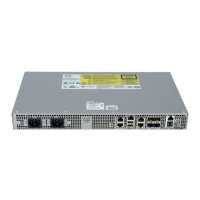
